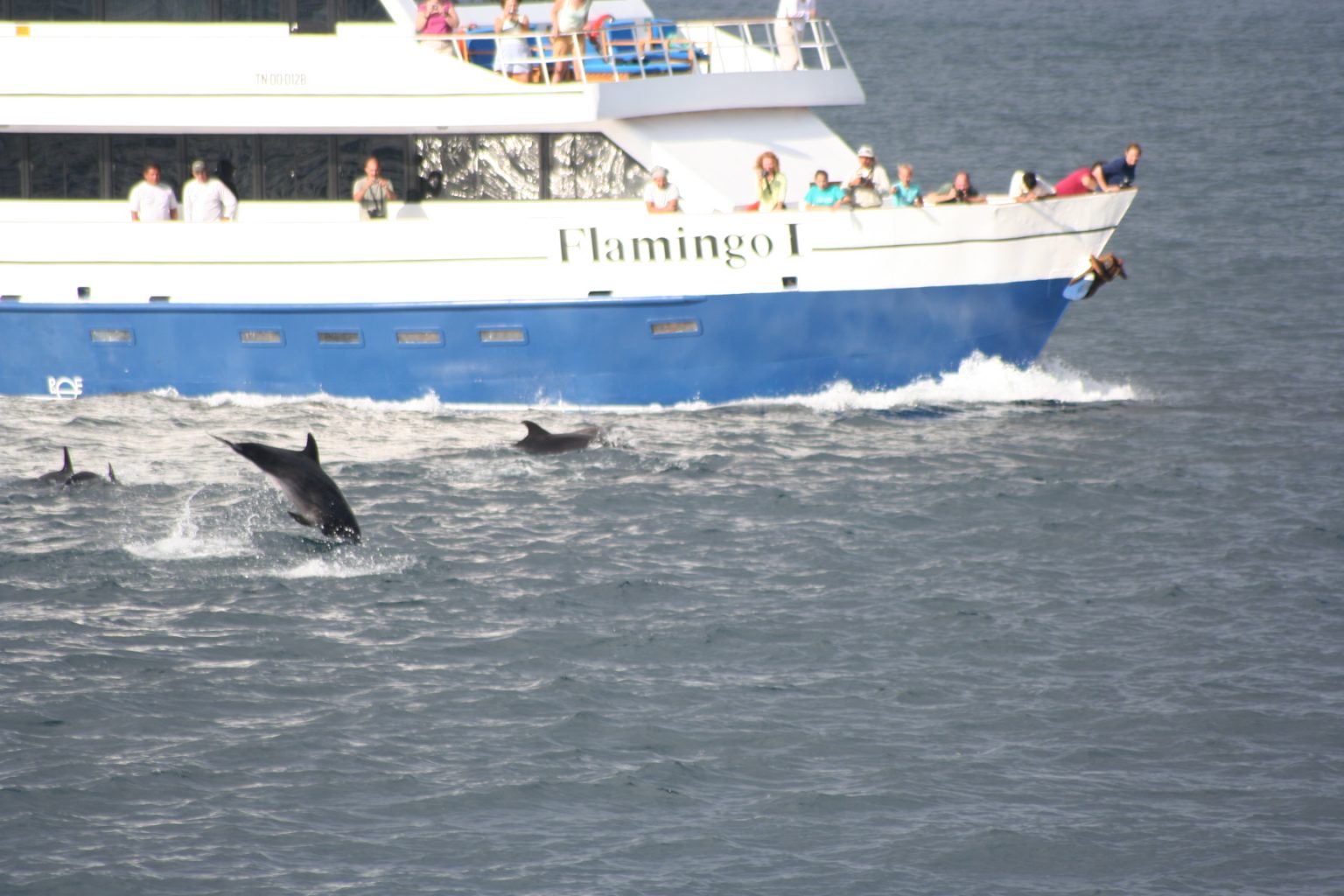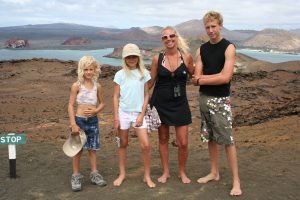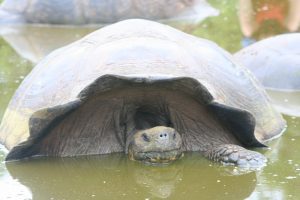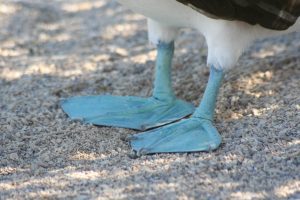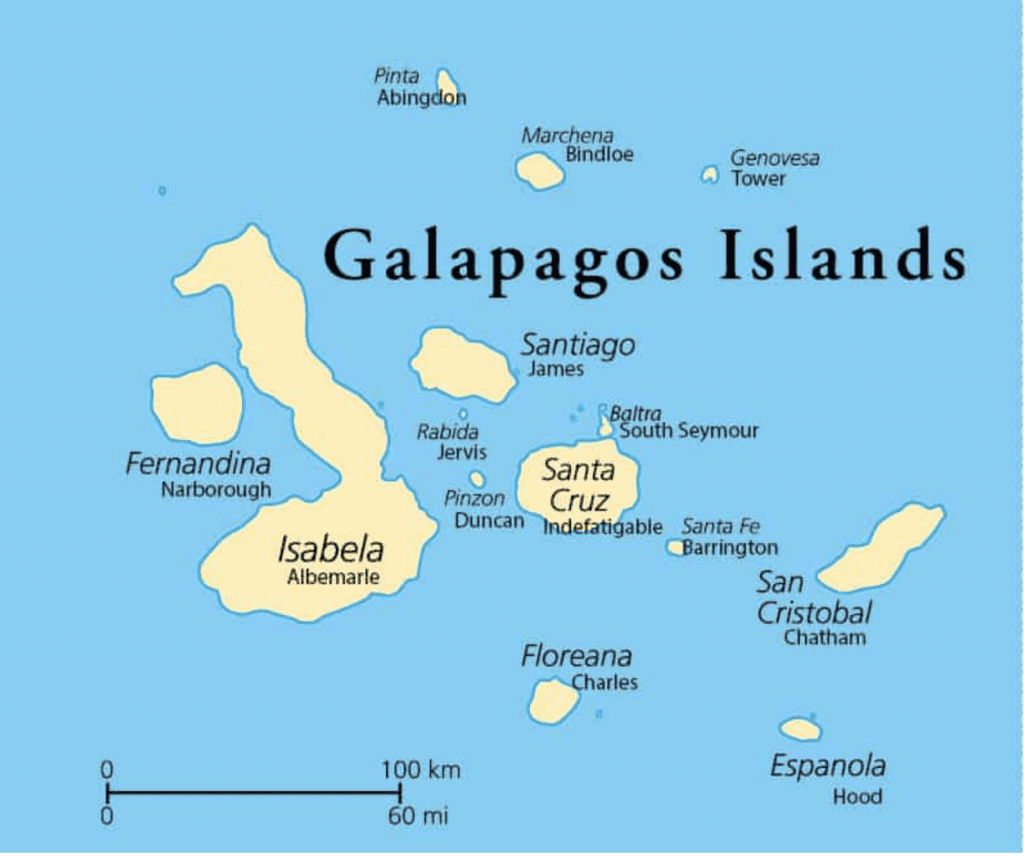
The islands are known for their famously fearless wildlife and as a source of inspiration for Darwin’s theory of evolution. Born of fire: The Galápagos Archipelago is one the most volcanically active areas in the world.
🙂 Incredible biodiversity, tame wildlife that you have to tread carefully to avoid – Top destination of the world.
🙁 There is nothing not to love!
Exodus were very efficient with assisting us on this vacation.
Itinerary: San Cristobel – Genovesa Prince Phillip Steps – Darwin Bay – Santa Cruz & North Seymour – Isle Fernandina – Isabela – Bartalome Island – Santiago Island – Santa Cruz Highlands – Espanola (Hood Island) – San Cristobal – Guayaquil
THREE things we did not know about the Galapagos Islands:
- The name Galápagos comes from the old Spanish word for saddle, a reference to the tortoise’s shell. The giant tortoise is probably the iconic species of the Galápagos. These huge, yet gentle creatures can live up to 170 years and weigh 595 pounds – making them some of the largest types of tortoises in the world. Up until his death in 2012, the Galápagos Islands were home to Lonesome George, the sole remaining Giant Pinta tortoise in the world. While his actual age is not certain, it is estimated he reached from 90 to 100 years of age. What an honour to have met him!
- Due to this historical lack of people on the islands, most wild animals there have no natural fear of humans. As a result, the Galápagos has strict rules in place to help protect both the animals and their habitats. Similarly, some animals have evolved uniquely due to the lack of predators in their habitat – like the Flightless Cormorant. This bird is endemic to the Galápagos and it is the only cormorant in the world that does not have the ability to fly. Since it never needed to fly from predators, it evolved to become the largest of all cormorant species, yet its wings stayed barely one-third of the size they would have to be able to fly.
- The Galápagos Penguins are the only species of penguins to live north of the equator – even if it’s barely one degree north. They’re typically found on the western islands of Isabela and Fernandina, though a few colonies are found within the central islands and Floreana Island.


